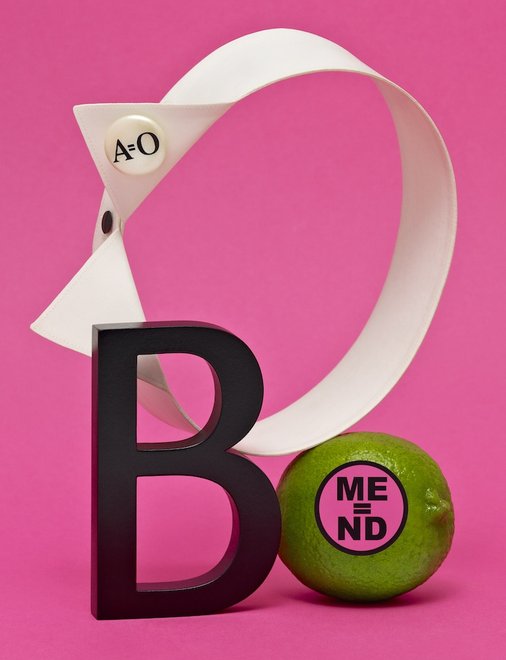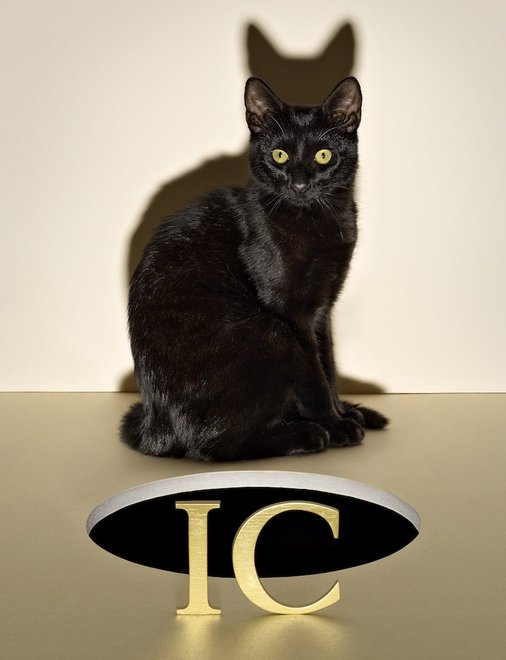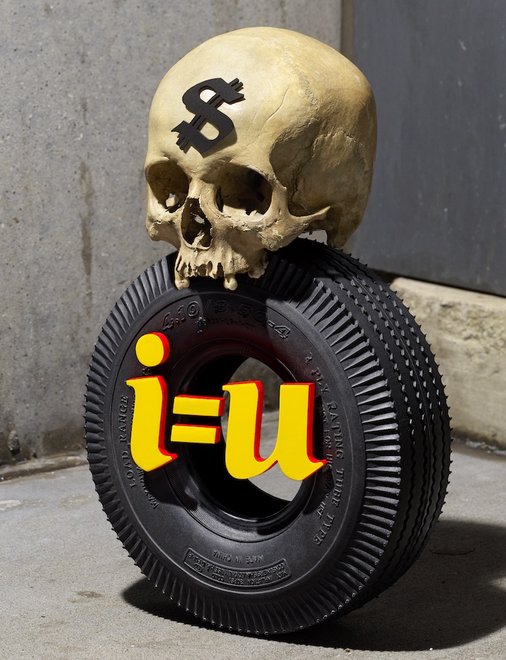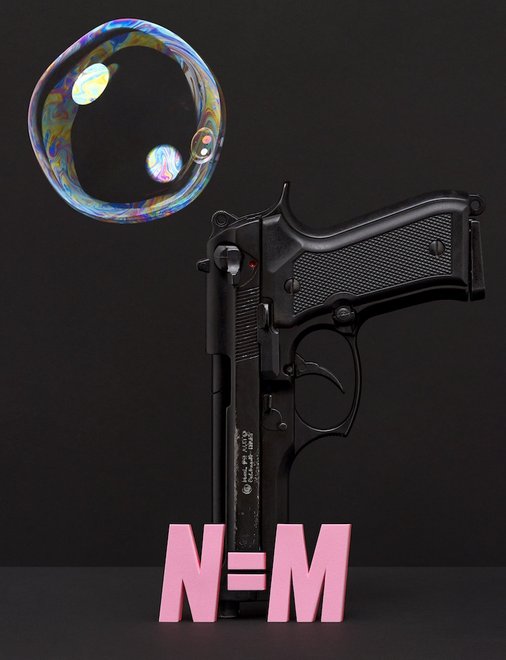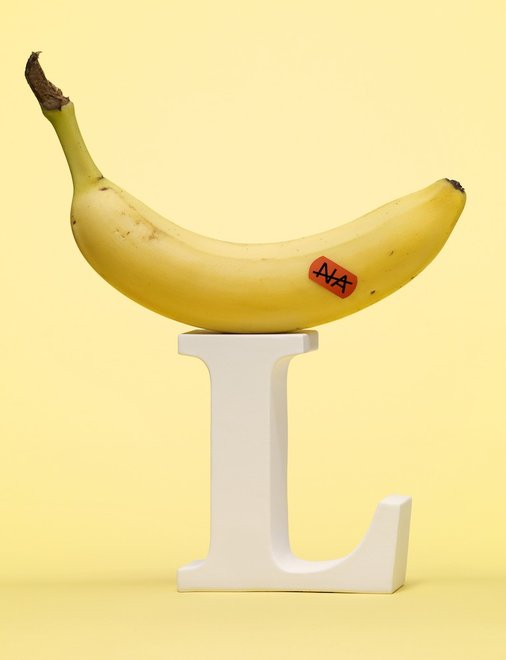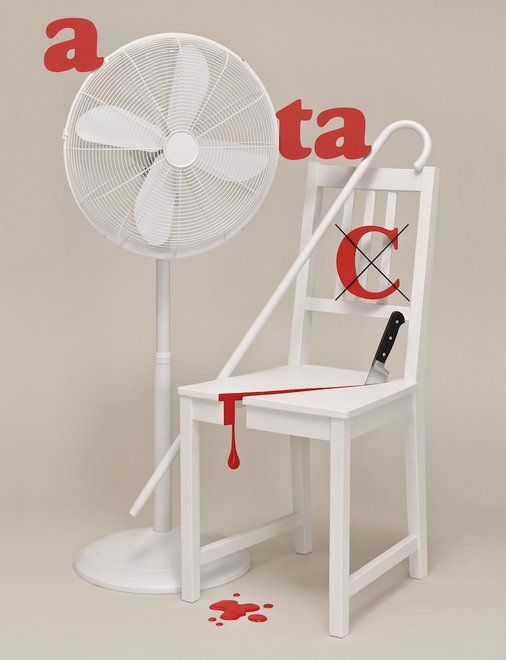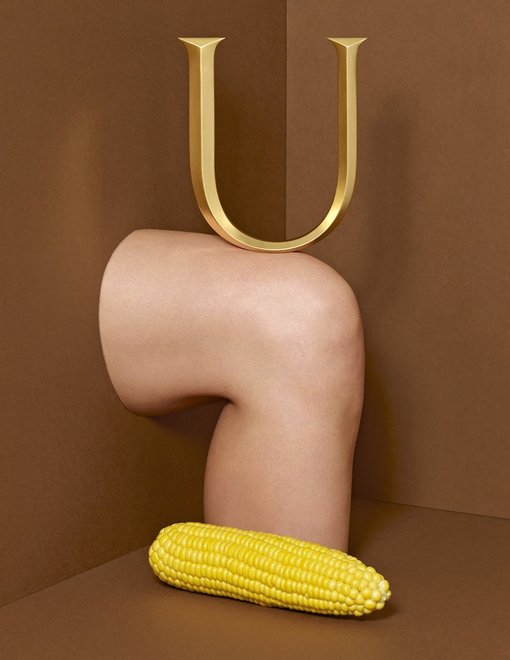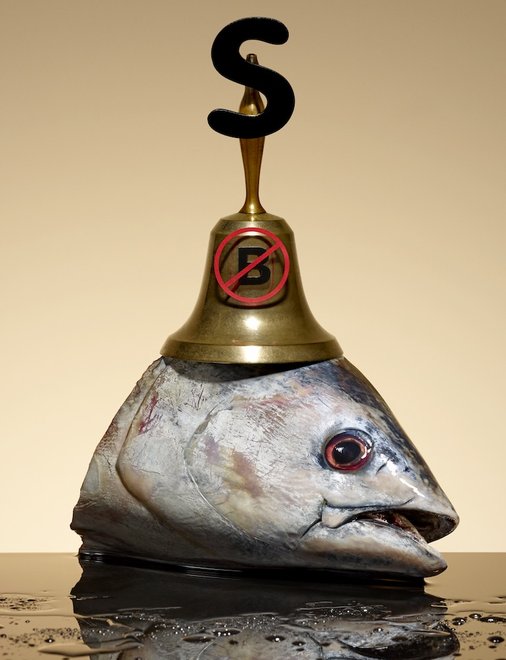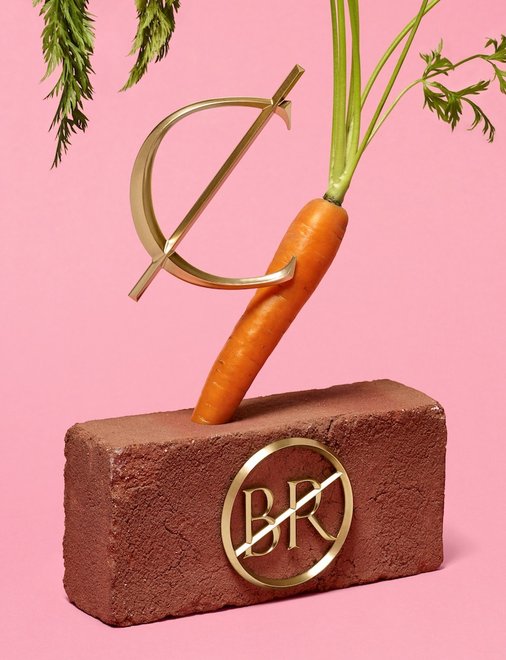This is a rebus! Can you guess the term?
Vienna native Bela Borsodi has been living in New York now for nearly 30 years. A freelance artist and photographer, he works for labels including Frédéric Malle, Bulgari, or H&M, as well as magazines such as Numéro Homme, GQ, or SZ-Magazin. His photographic still lifes have garnered him international attention—provocative, humorous, enigmatic. He contributes his enigmatically beautiful series Unicorn to us. Can you guess the term?
“If you show me something, I’ll immediately see the absence of the other.“
Antje Mayer-Salvi: Do you like to shock people?
I do, though shocking is too easy. I find the psychology of humor more interesting.
What do you consider beautiful?
“Beauty” is a strange term. Many, many philosophers have presumably mulled that over. It doesn’t exist in that sense for me. In the best case, beauty is when there is something that’s wrong. Beauty has to ask something, raise a question, for me to really find it interesting. When something is perfect in its beauty, it loses all its charm. Conversely, though, that certainly doesn’t mean that something ugly or strange is automatically beautiful.
Then let me put it another way: Is there anything specific that you could find beautiful?
Something man-made, of course! So it wouldn’t be a sunset. William Egglestone, one of my favorite photographers, was among the first to recognize that you can use the camera to direct the gaze toward something that is generally not considered beautiful or worthy of representation. In discoveries like his, that’s where I see beauty.
You love the “reverse view” of things, is that the secret to your still lifes?
When I look at something, I always see the thing itself as well as its opposite. If you show me something, I’ll immediately see the absence of the other. It’s very hard for me to see objects just for what they are. I basically see everything in context. If you tell me “it’s a beautiful day”, I think to myself, “it’s not raining”. This approach is very important to my work, especially in my commercial jobs, because as a photographer I am confronted day in and day out with products that are supposedly clearly defined. This is a shoe, you put your foot in it and you walk around with it. I try to see the shoe as not just a shoe, but also as an abstract object.
You mean like in the way that turning a glass upside down robs it of its function?
Exactly. I try to figure out what else could be inside things. Finding undiscovered beauty is my specialty. If I want to indulge in the beauty of man-made creations, I go to the Kunstkammer in the Kunsthistorisches Museum in Vienna, by the way. So much beauty in one place is unbelievable!
“Totally old-school!”
In the series Unicorn, were you interested in riddles, the undiscovered, or just in doing it?
I produced the Unicorn series for my book of the same name (published by Libraryman Co. Ltd., 2018). It is about riddles, but not just about that. The creative process and the interesting photo that comes out at the end are just as important. I always wanted to make a rebus—a puzzle where objects and words are used to form a term. It’s a game that has been around since the Middle Ages, incidentally. I was inspired by the cover of Barbara Streisand’s album Butterfly, which shows a piece of butter and a fly. This series was quite complex and time-consuming. I spent half a year just thinking, making piles of sketches and drawings, and only began photographing six months later.
When you look closely at the photographs, you notice so many little details!
Totally old-school! I’m very proud of that. Nothing was retouched with Photoshop—otherwise I could have skipped photographing the whole thing. At most, I eliminated a few wires in post-production. I had to source all the props. For the word “Existence”, for example, I looked for the largest ant there is, but then also needed a very, very small ax—which I ultimately found in Thailand.
There is no additional text in your book. Why?
The title page shows the picture and the term it is supposed to represent, so it’s the simplest instruction manual in the world.
“The photo is just a document of the adventure that led to it.”
The process is at least as important as the result?
The result is the least important part to me. The photo is just a document of the adventure that led to it—the result of a thought.
Is there something that you absolutely still want to do in your lifetime?
I want to fall in love again. I also have a large portfolio waiting in New York, half of which is full of projects that I’ve already put out there into the world, while the other half is filled with ideas and sketches that are still waiting to be born.
Are you a workaholic or lazy?
I work 24 hours a day because I’m always receptive to the world. Which means I’m also very lazy, but I work a lot when I’m lazy.
In what kind of situation can you enjoy life?
When I’m in love! If I can grumble, I’m also very happy—that’s pretty much a requirement for a native Viennese like me (laughs).
Thank you for the interview!
Bela Borsodi was born in Vienna in 1966, lives and works in New York. After studying graphic design and fine art he started to work as a photographer. In 1992 Bela moved to New York and in 1999 he focused on still life photography. In 2013 Bela began to work on short films as a director.
Bela Borsodi: „Unicorn“. Libraryman 2018; 40 pages. 45 Euro. ISBN 978-91-88113-15-3
Solution:
1. Bild: COLORBLIND
2. Bild: CATHOLIC
3. Bild: CULTURE
4. Bild: BUBBLEGUM
5. Bild: A FANTASTIC HAIRCUT
6. Bild: BANAL
7. Bild: UNICORN
8. Bild: SEFLISH
9. Bild: EROTIC



